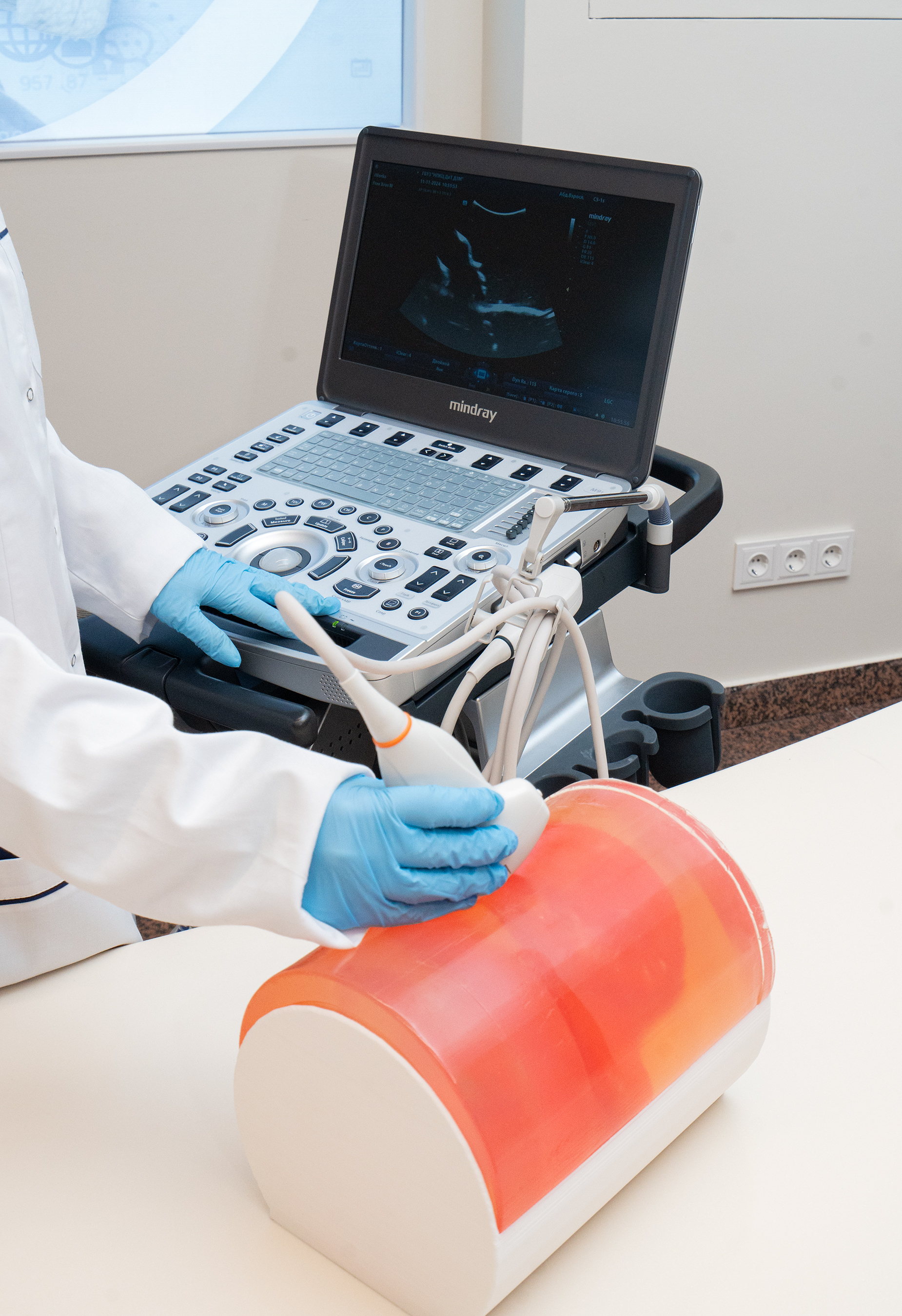Venatorx Pharmaceuticals announced today that it has entered into a Research Collaboration and License Agreement with Roche to discover, characterize and develop new small molecule inhibitors of the Penicillin Binding Proteins (“PBPs”) in Gram-negative bacteria focused on agents active against carbapenem-resistant Enterobacterales (CRE).
Enterobacterales ranks among the “Priority 1: Critical” antibiotic-resistant pathogens on the World Health Organization’s list of bacteria for which new antibiotics are urgently needed. In particular, these multidrug-resistant pathogens pose a particular threat in hospitals and nursing homes, as well as among patients whose care requires devices such as ventilators and catheters. These bacteria have become resistant to a large number of antibiotics, including carbapenems and third-generation cephalosporins.
Venatorx discovered and has been developing, this novel class of non-beta-lactam molecules that kill bacteria by the same selective mechanism as beta-lactams — blocking cell wall synthesis via binding to the bacterial PBPs. Chemically distinct from the beta-lactams, these new molecules are designed to be impervious to degradation by beta-lactamases.
“We are excited to be partnering with Roche on this innovative CRE program to thwart the long-term implications of antimicrobial resistance,” said Christopher J. Burns, PhD, President and CEO of Venatorx. “By circumventing over 70 years of beta-lactamase-driven resistance, this new class of PBP Inhibitors has the potential to usher in a new wave of antibacterial therapeutics and reset the clock on antimicrobial resistance. Without an effective arsenal of antibiotics, we run the risk of finding ourselves in another global pandemic.”
James H. Sabry, PhD, Global Head of Pharma Partnering at Roche, said, “The partnership with Venatorx is emblematic of our continued commitment to support the development of new therapies and diagnostics to address the global threat of antimicrobial resistance. We look forward to working with Venatorx to bring this novel scientific approach from the bench to the patient with the collective goal of saving lives.”

 The companies would develop new class of antibiotics targeting WHO Critical Priority Pathogen
The companies would develop new class of antibiotics targeting WHO Critical Priority Pathogen










.jpeg)








.png)
.png)

.png)
.png)
.png)

.png)
.png)
.png)

.png)
.png)